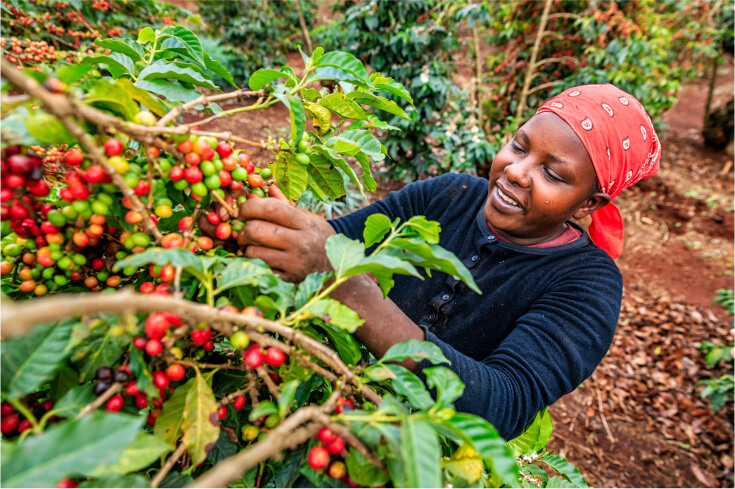AFRICA: THE COFFEE CONTINENT
Coffee has been cultivated in Africa for centuries, and from there it began its triumphal march around the world. More precisely, our favorite bean hails from Ethiopia, the cradle of coffee. As the largest coffee grower in Africa, the country records an export volume of 240,000 tons per year. But many other countries also successfully grow coffee, including Burundi, Cameroon, Congo, Kenya, Malawi, Rwanda, Zambia, Tanzania and Uganda.
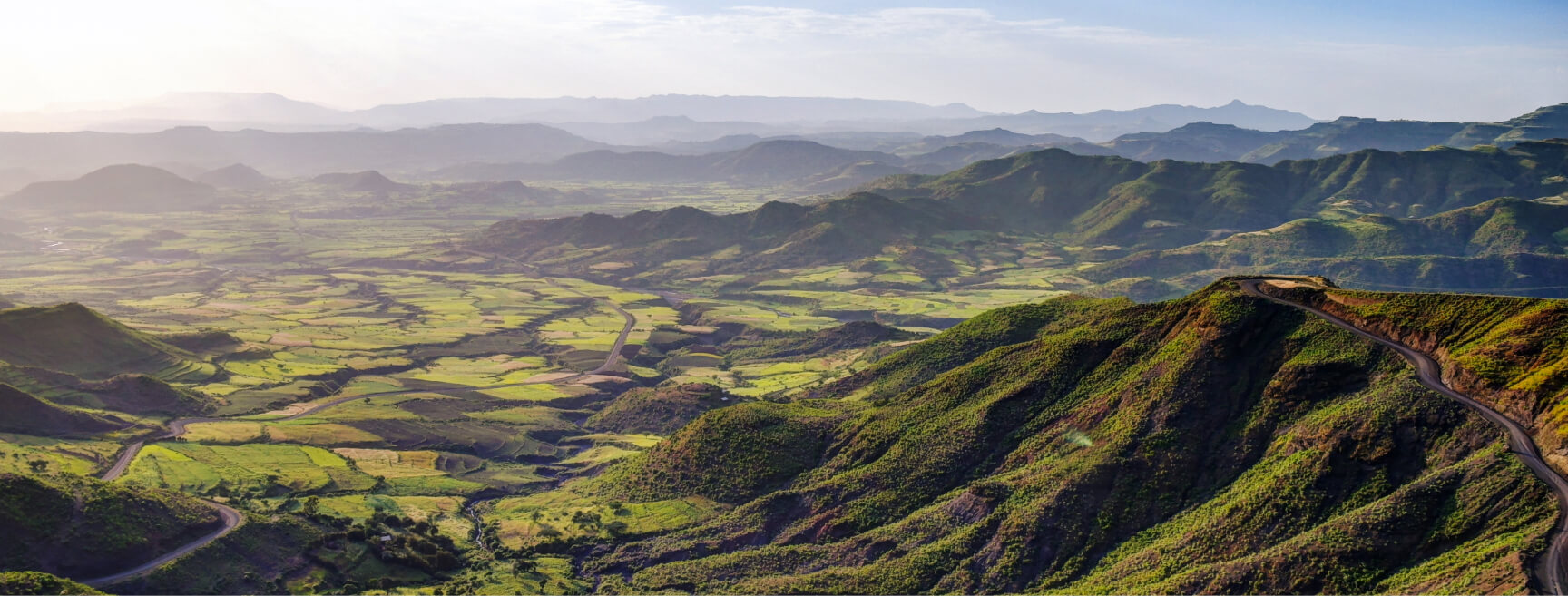

Ethiopia
Arabica
1,400–2,200 masl
(in 60 kg bags).
7,500,000
Oct.– Feb.
Heirloom Varieties
Floral, citrus, black tea
Ethiopia
Ethiopia: Where it all began
Every country of origin's country of origin, there is one region in Ehtiopia that gave coffee its namesake: Kaffa.. Here and in other regions of Ethiopia and Africa, perfect climatic conditions prevail - including the Ethiopian high plateaus, where cultivation takes place at altitudes of 1,400 to 2,200 meters. The main areas of cultivation include Lekempti, Limu, Yirgacheffe, Sidamo, Bebeka, Djimmah and Harrar. In general, coffee from Ethiopia is appreciated worldwide for its outstanding taste. An elegant, structured acidity as well as numerous notes ranging from herbaceous-floral to bergamot and tropical fruits lead the way.
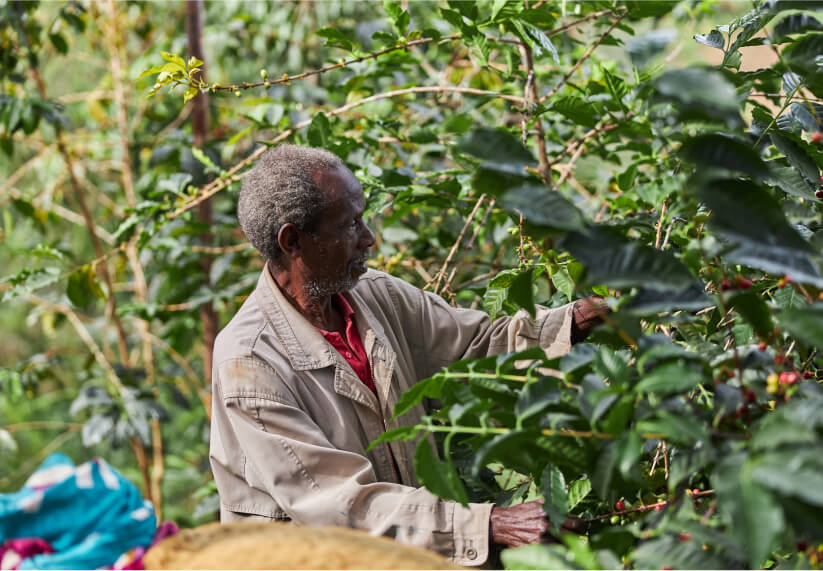
Freshly poured: our background info
- Ethiopia proudly looks back on a great coffee culture, characterized in particular by unusually high domestic consumption: Around half of the production is consumed in the country itself
- The Ethiopian coffee ceremony Buna is celebrated with family or friends. Green coffee beans are roasted over burning charcoal mixed with incense, then brewed in the jabana (traditional African coffee pot).
- About 90 % of the coffee is cultivated by small farmers
- There are three main production methods in Ethiopia: Forest coffee: growing wild, it thrives on coffee trees and helps preserve most of the understory vegetation, creating optimal conditions for carbon sequestration and promoting biodiversity
Garden coffee: it is often part of a mixed cropping system, providing coffee for home and local markets; if productivity is good, the harvest from the coffee gardens can be exported
Plantation coffee: this is conventional farm production, the most intensive form of coffee cultivation in Ethiopia; coffee trees are planted uniformly in rows
- The green coffee is exported via the port of Djibouti.
- Coffee is the most important export commodity of the country and is responsible for a large part of the economic output".
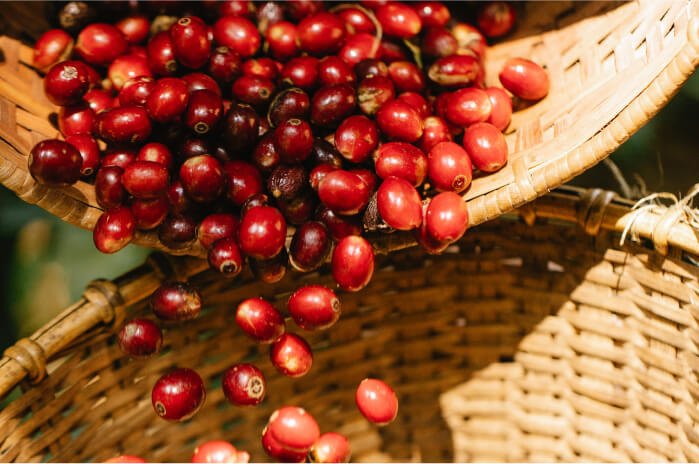
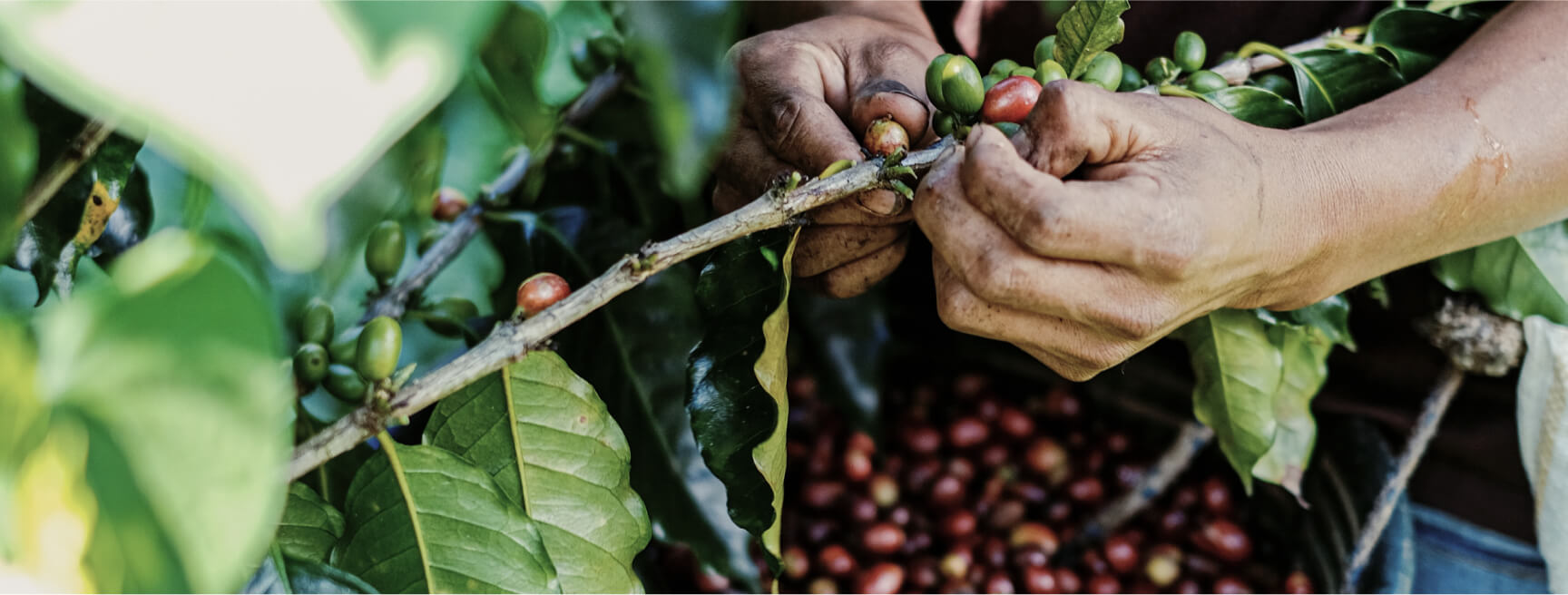

BURUNDI
Arabica
1,300–1,800 masl
(in 60 kg bags).
200,000
Apr.–July
Bourbon, Jackson, Mibirizi and some SL varieties
Medium body, fruity, complex
Burundi
Burundi's booming potential
Crossed by a plateau with a tropical climate, Burundi has fantastic conditions for coffee cultivation. Production has only been practiced on a larger sacle since the 1930s. Here, at altitudes of 1,300 to 1,800 meters, predominantly Arabica beans (more than 90 %) of the Mibirizi, Jackson and Bourbon varieties thrive. Burundi's coffee sector accounts for slightly more than two-thirds of the country's total agricultural exports. In terms of taste, coffee from Burundi features prevailant acidity and medium body. Furthermore, it can be described as very spicy and scores with floral notes, zesty lemons notes, and hints of nuts or chocolates. The beans often exhibit a berry aroma. The bottom line is that Burundi, as a relatively unknown country of origin, has all the potential to make a big name for itself in the global coffee industry.
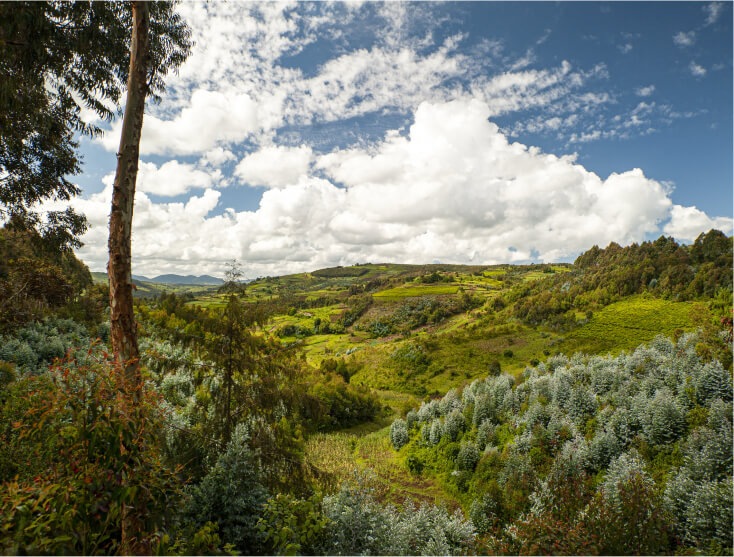
Freshly poured: our background info
- Burundi is a landlocked country and a former Belgian colony; it was the Belgians that originally brought coffee to the country.
- Shipment is largely through the port of Dar es Salaam in Tanzania
- A large part of the population is involved in the coffee industry: about 800,000 families
- At altitudes of up to 2,000 meters, almost exclusively Arabica beans of the Jackson, Mibirizi and Bourbon varieties are cultivated
- Burundi is increasingly improving their quality, with top coffees starting to be featured in the "Cup of Excellence"
- Coffee from Burundi is considered the "secret champions" of East Africa

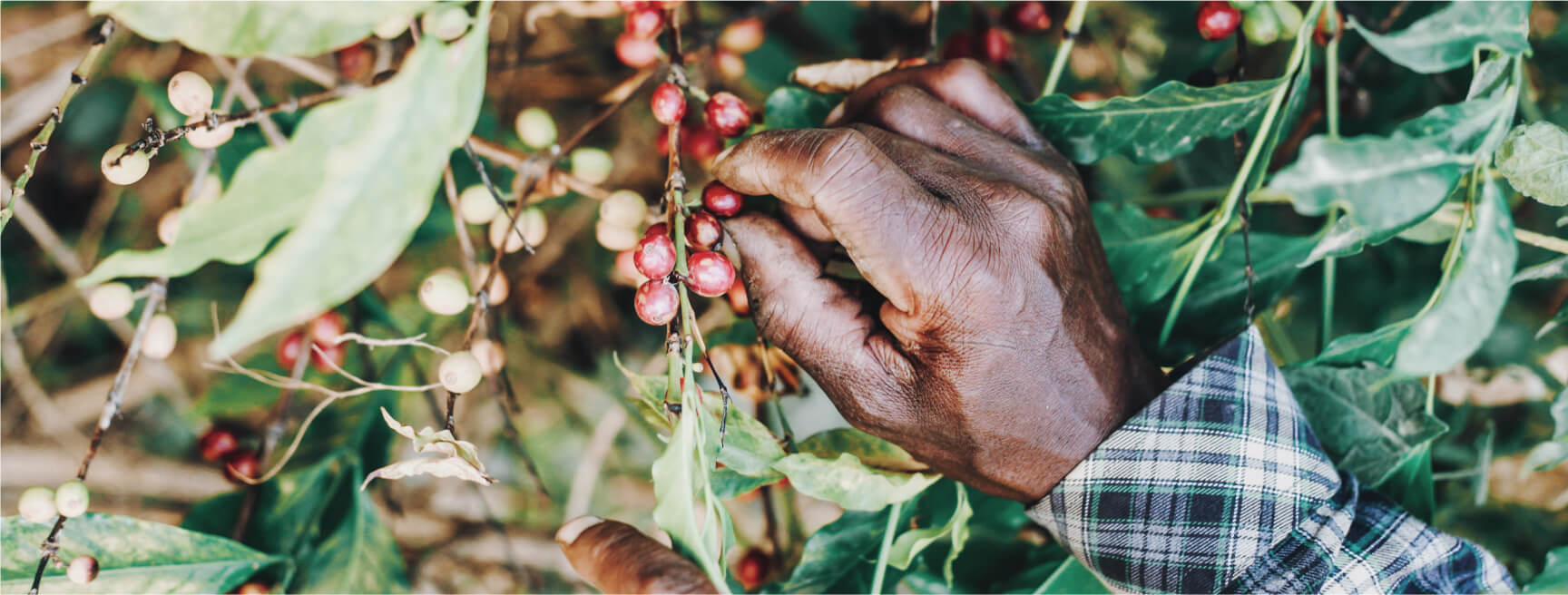

Cameroon
Arabica and Robusta
1,200–2,200 masl
50,000 Arabica and 350,000 Robusta
Nov.–Mar.
Jamaica Blue Mountain, Typica, Bourbon, Robusta
Full-bodied, nutty
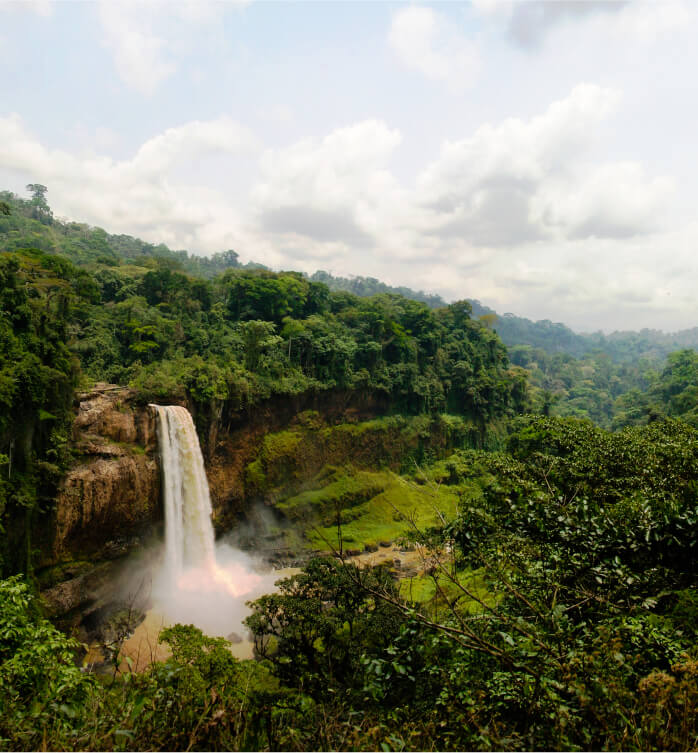
Cameroon
Cameroon's craft
The African country offers an unparalleled variety of landscapes.Volcanic mountains, rainforest, flat plateaus and broad coastal plains all come together in Cameroon. It is no wonder that the climate varies accordingly and that some regions are particularly well suited for coffee production. Today, Arabica and Robusta beans are produced in equal measure. These thrive particularly well in the higher-lying northwestern part of Cameroon, specifically in the Bamileke and Bamoun regions.
Freshly poured: our background info
- A German officer brought coffee to Cameroon in 1913
- The first coffee planted was of the Jamaica Blue Mountain variety


Congo (DRC)
Arabica And Robusta
600–2,000 masl
(in 60 kg bags).
180,000 Arabica and 120,000 Robusta
Apr.–July and
Sept.–Jan.
Bourbon
Caramel, good body, currant
Congo
Congo (DRC) - the coffee republic
Africa's third-largest country is home not only to the Congo Basin with its rich rainforest, but also to high mountains in the south and east of the country - ideal areas for our favorite bean. A special note: At the end of the 19th century, a wild Robusta variety was discovered, with particularly narrow-leaved and very large flowers: the Coffea congensis. The so-called Congo coffee is still grown today in the Democratic Republic of Congo, whose highest-quality coffee grows in the provinces of Kivu and Oriental.
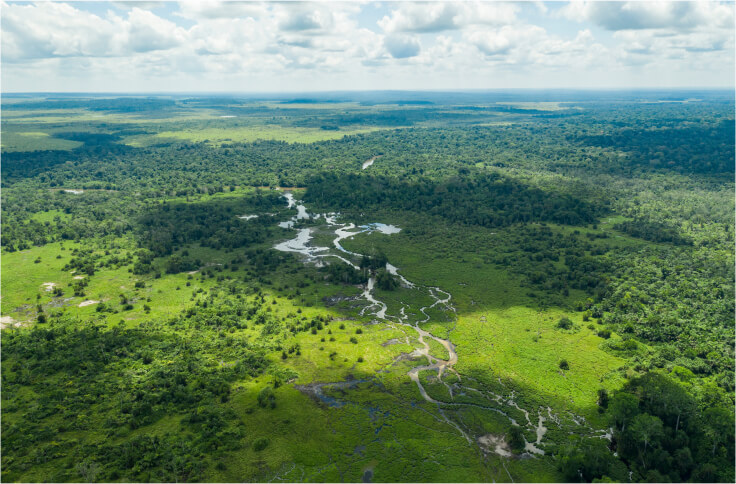
Freshly poured: our background info
- In colonial times, coffee grew on large plantations
- Today, the coffee industry is privatized
- Coffee is grown almost exclusively by small farmers
- Congolese Robusta has a special aroma, which is described as powerful and velvety. It contains particularly high levels of caffeine.
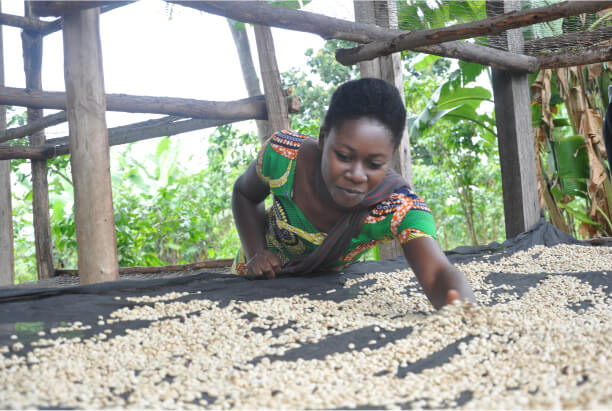
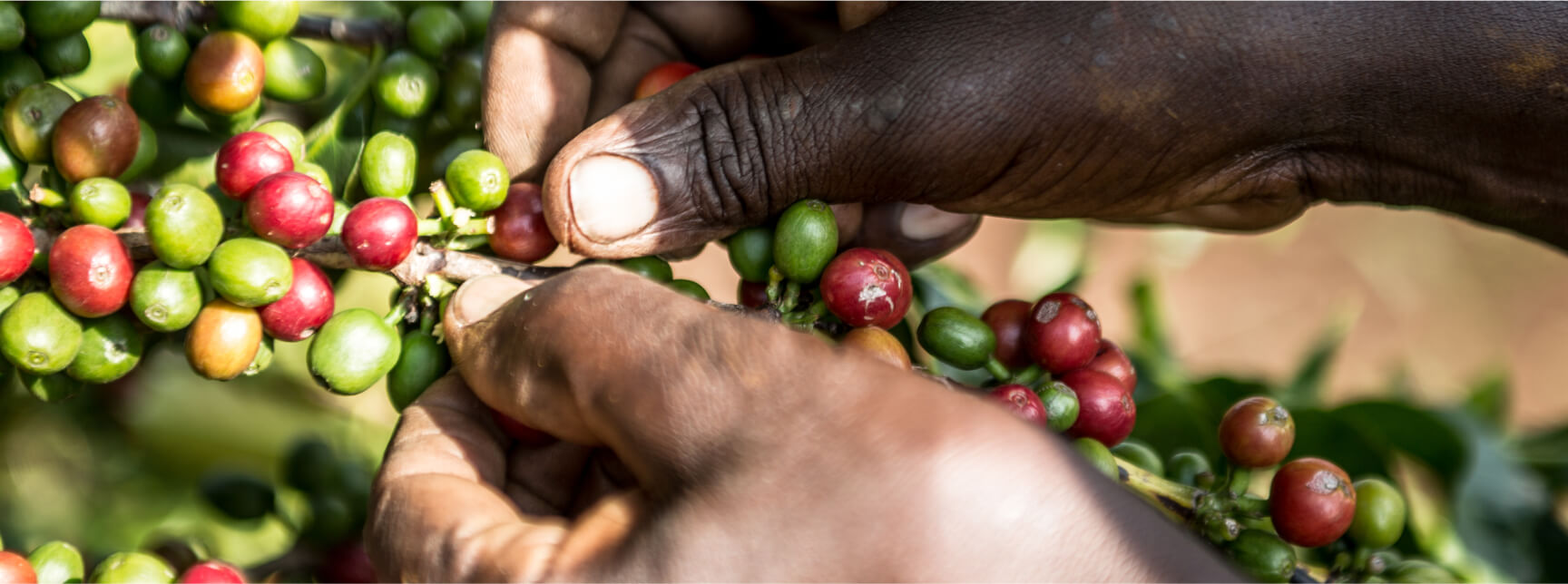

Kenya
Arabica
1,200–2,300 masl
(in 60 kg bags).
850,000
Oct–Feb (main crop). June–Aug. (fly crop)
SL-28, SL-34, Ruiru 11, Batian
Licorice, pronounced acidity, lime
Kenya
Kenya's coffee on about 120,000 hectares
Unlike other African countries, Kenya came late to coffee production - namely in the early 20th century. But production grew quickly and coffee became one of the most important economic goods. It is grown in the impressive highlands with their fertile farmland. The high altitude and ideal climate shine through in Kenya's cup, along with the signature red clay soil the coffee plants grow in.
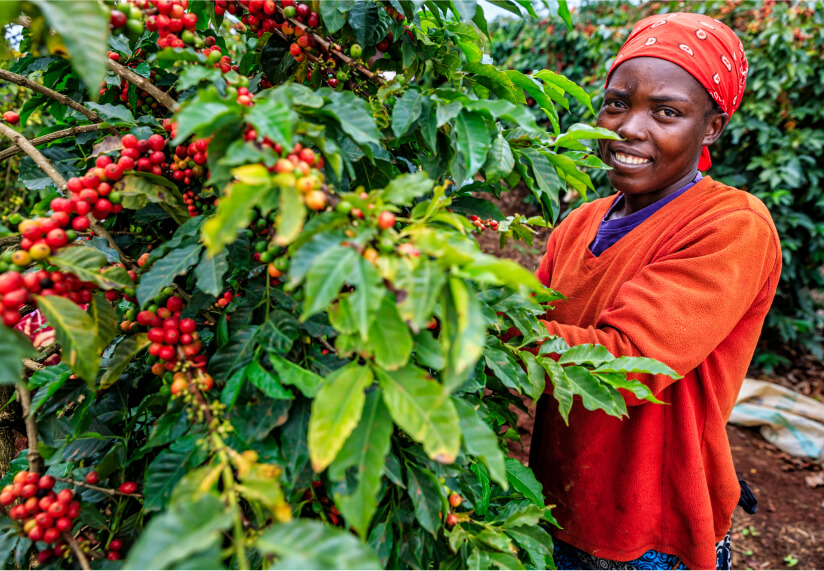
Freshly poured: our background info
- The aroma of Kenyan coffee has fruity, almost juicy notes
- Arabica beans have a full-bodied spiciness with pronounced acidity, stimulating fruit aromas
- Due to the equatorial location, there is almost no seasonal change
- Kenya is ranked 16th among the world's coffee exporters, producing about 50,000 tons of coffee annually
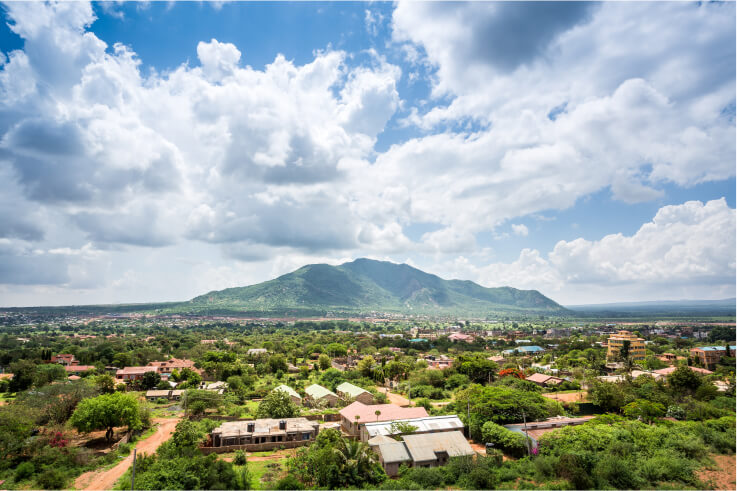
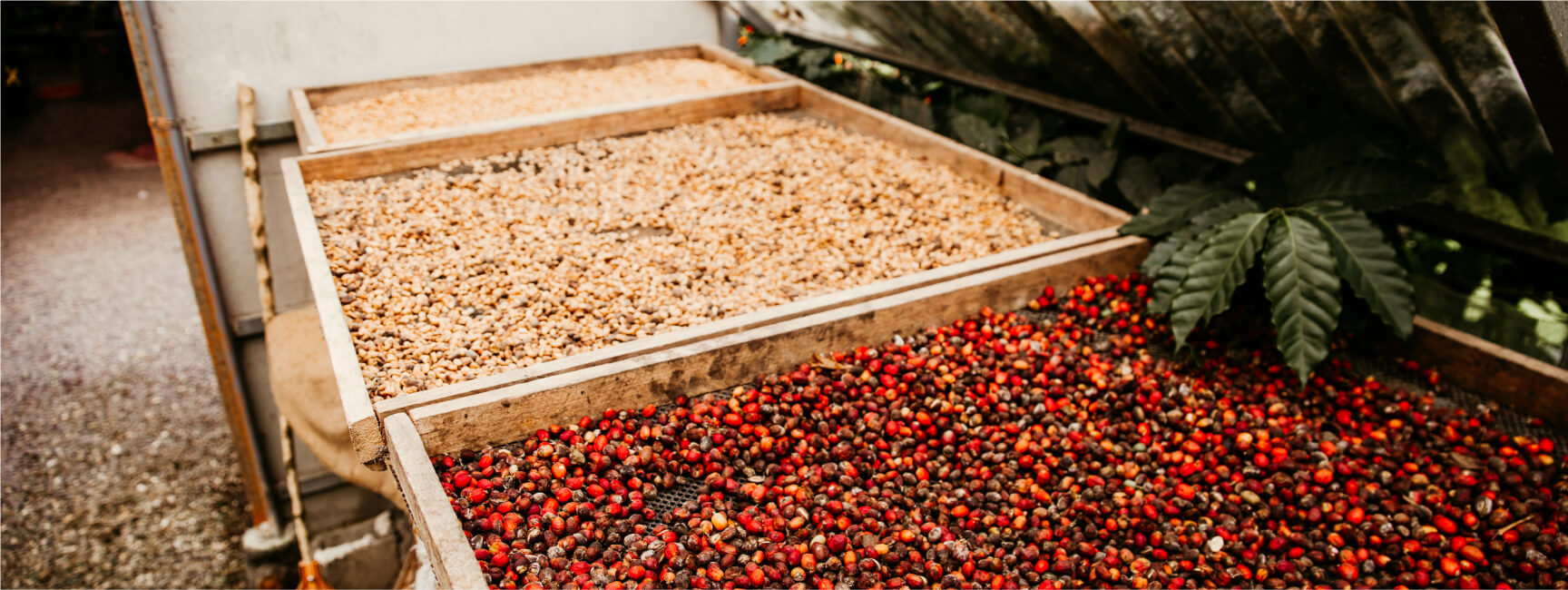

Malawi
Arabica
900–1,400 masl
(in 60 kg bags).
16,000
Apr.–Oct.
Agaro, Geisha, Catimor, Mundo Novo
Floral, soft, pronounced acidity
Malawi
Malawi: the landlocked but no limits
A Scottish missionary brought coffee to the Southeast African country in the late 19th century, but its cultivation was short-lived at the time. A major reason was poor soil conditions that hampered the country. However, farmers were able to plan the Coffea bushes on so-called terraces, which helped prevent soil erosion. This method turned out a great success, and enabled the coffee sector to grow. Around 500,000 small farmers are responsible for Malawi's production today, mainly in the souther regions of the country.
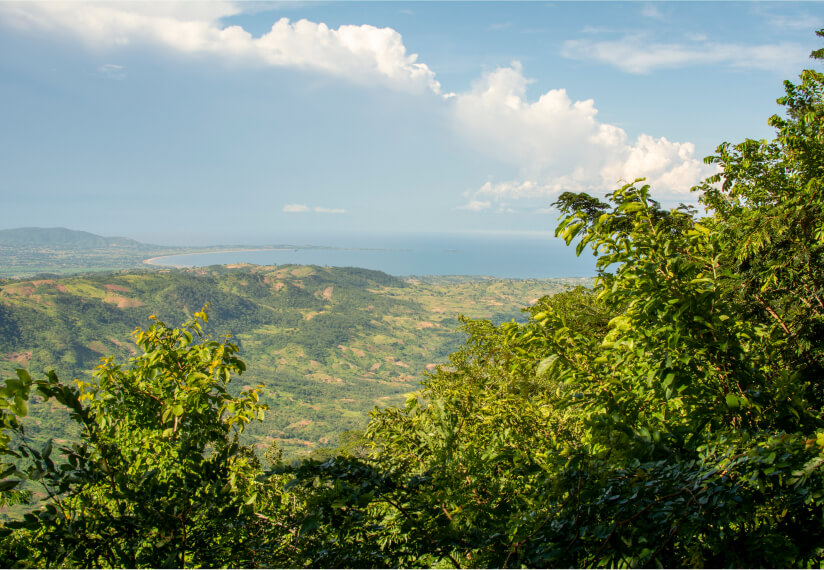
Freshly poured: our background info
- Coffee from Malawi cups smooth and clean. It features slightly sweet notes, but is much less fruity than beans from other parts of East Africa.
- As a landlocked country, Malawi ships its beans through the port cities of Dar es Salaam and Durban
- Malawi's Arabica is available in Geisha, Catimor, Bourbon, Agaro, Mundo, Blue Mountain, SL 28, Caturra and Novo varieties.

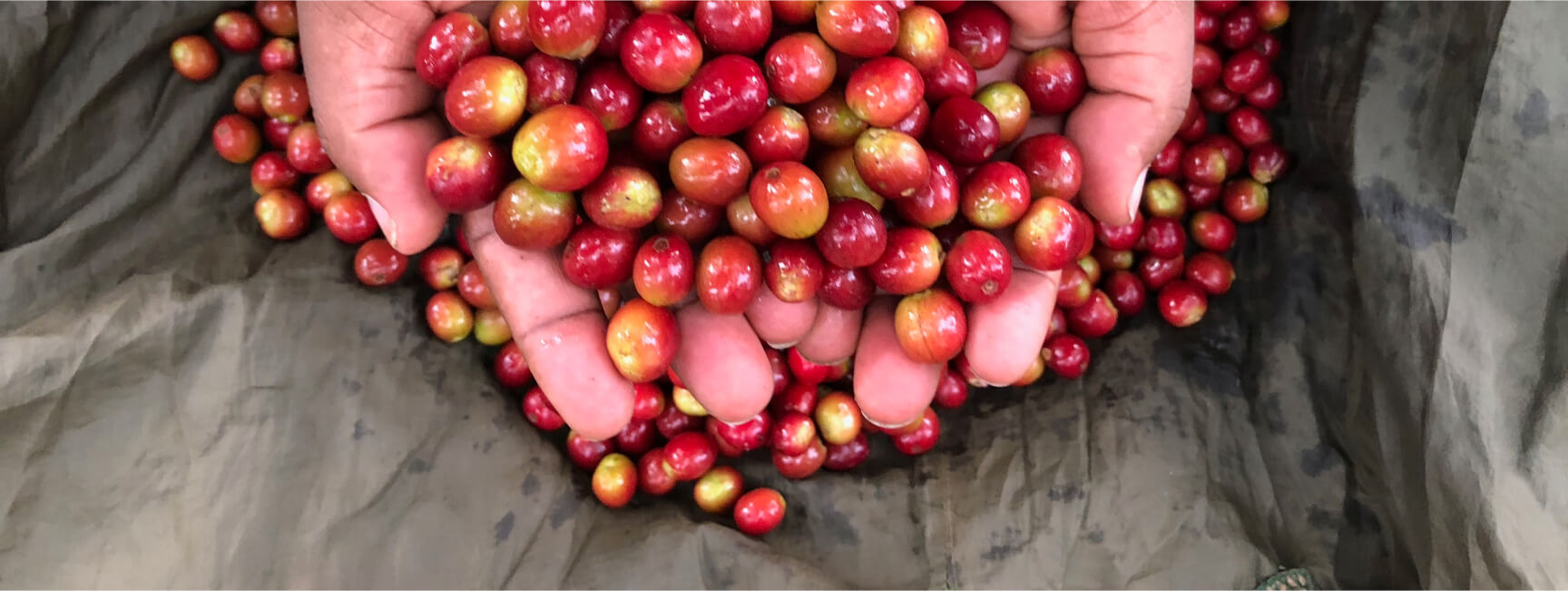

Rwanda
Arabica
1,300–2,100 masl
(in 60 kg bags).
300,000
Mar.–Jun.
Red Bourbon, French Mission Bourbon, Caturra, Catuai, Mibirizi
Light body, tea-like cup
Rwanda
Rwanda: land of a thousand hills
Interspersed with grassy, hilly plateaus and mountains, the landlocked East African country was predestined for coffee cultivation due to its natural landscape. Reflected in the excellent quality of it's production, coffee lovers all over the world are impressed by its stark sweetness and complex fruity aromas.
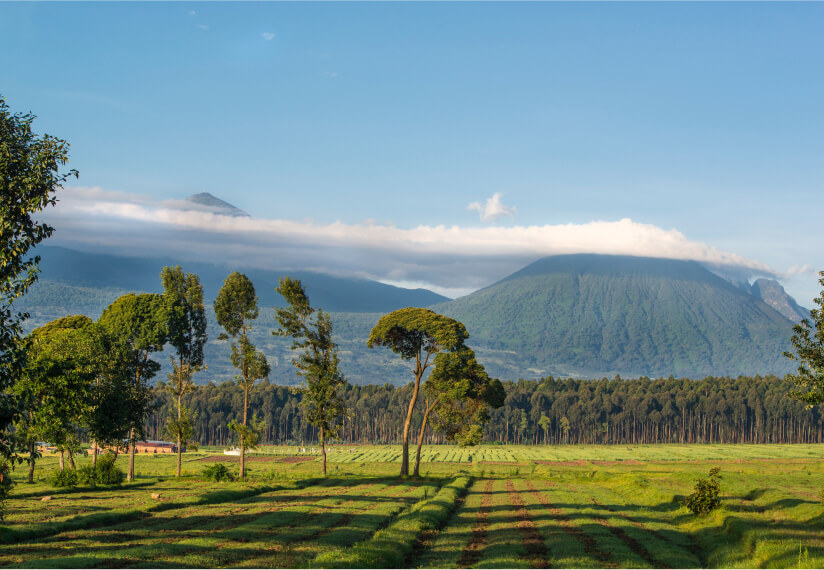
Freshly poured: our background info
- Belgian colonists exported the first Rwandan coffee beans in 1917
- At the beginning of the 21st century, coffee was considered the most promising agricultural product to spur economic growth.
- The first washing station was opened in 2004, making it possible to produce top-quality beans.
- Due to the favorable high plateau location, coffee is now grown throughout the country.
- Coffee accounts for about 50% of Rwanda's export earnings
- Fertile volcanic soils are responsible for the green mountain slopes
- Rwanda's lowest point is 950 meters above sea level



Zambia
Arabica
1,000–1,400 masl
(in 60 kg bags).
18,000
Oct.–Feb.
Costa Rica, Catimor, SL28
Fine acidity, red fruits, tea-like body
Zambia
Zambia's Zest
The landlocked country in southern Africa consists of wide plateaus. At altitudes of 1,000 to 1,400 meters, the mild tropical climate creates ideal growing conditions for coffee, which incidentally first reached Zambia in the 1950s. Productoin then became monetized around 1980, as the World Bank boosted production in Zambia and thus the export of coffee flourished.
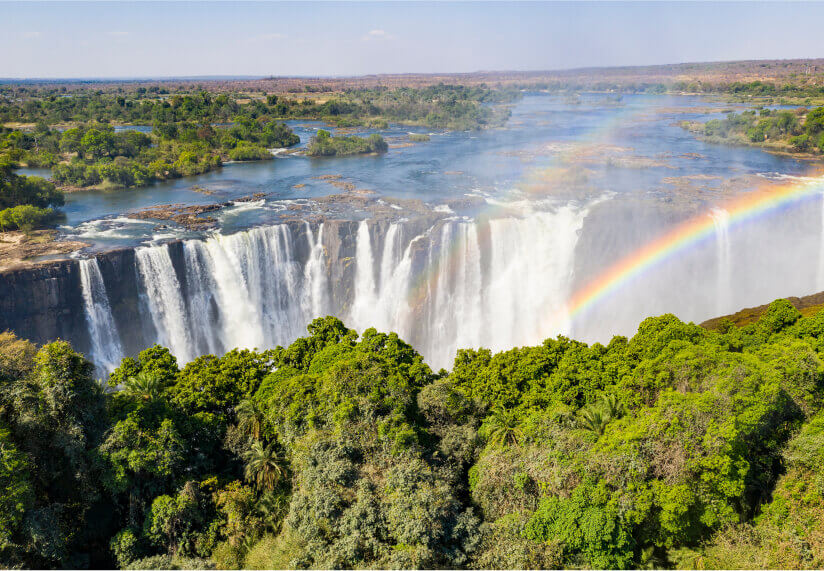
Freshly poured: our background info
- Zambia is one of the smallest coffee growing countries in the world.
- The country is known for the pearl bean, which is visually distinc and has a rounded shape
- The coffee features a full, spicy aroma, with a clean acidity, notes of flowers and fruits.
- It is shipped through the ports of Durban and Beira
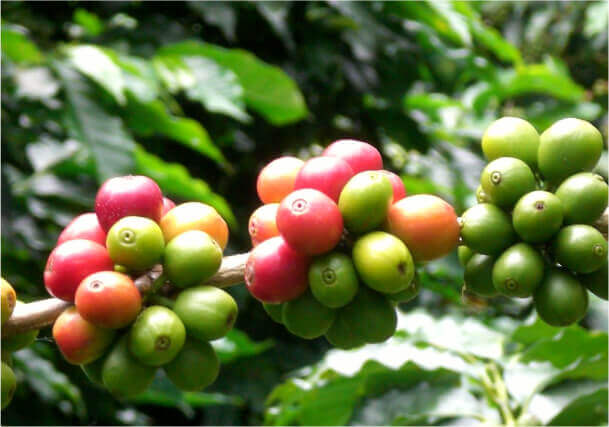
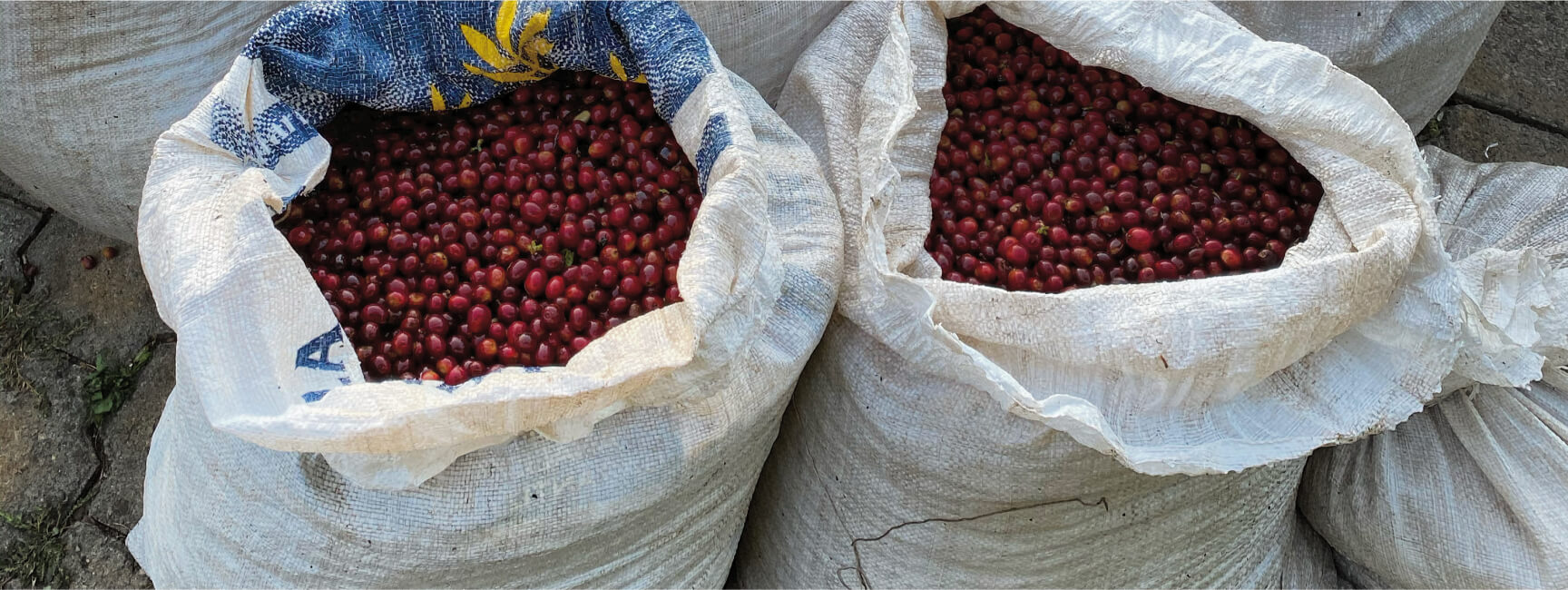

Tanzania
Arabica and Robusta
1,000–2,100 mAsL
(in 60 kg bags).
550,000 Arabica and 300,000 Robusta
July–Dec.
Arusha, Bourbon, Blue Mountain, Kent
Mild aroma, pronounced acidity, citrus notes
Tanzania
Tanzania: Top Quality
According to tradition, coffee came to Tanzania from the Haja people of Ethiopia as early as the 16th century. Haja coffee was a Robusta variety that became an important part of the local culture. Its coffee cherries were boiled and then smoked before being chewed.
Around 1898, coffee - as we know it - arrived in the country vai Catholic missionaries. Tanzania is simply unique with its impressive flora and fauna and natural spectacles centered around Mount Kilimanjaro. And it is here that perhaps the best coffees in Africa grow, with a complex cup profile benefiting from the predominantly tropical climate in the mountainous landscape.

Freshly poured: our background info
- In Tanzania, 38% of the country is officially national parks or protected areas.
- The mountainous landscape and the predominantly tropical climate, which is temperate at high altitudes, offer ideal conditions for coffee cultivation.
- About 98% of Tanzanians are smallholder farmers.
- Many plantation owners grow coffee bushes under shady banana trees.
- Arabica beans are primarily grown around Mount Kilimanjaro in northern Tanzania, and further south on the plateaus of the Mbeya and Ruvuma regions
- Cupping Notes:
Generally, the coffee has a full body, mild aroma and pronounced acidity Beans from Lake Victoria (Arabica and Robusta) have a somewhat heavier, sweet-dry aroma. Arabicas from the rest of Tanzania have fresh nuances with subtle notes of berries and citrus fruits Mineral volcanic soils provide balanced sweet aromas
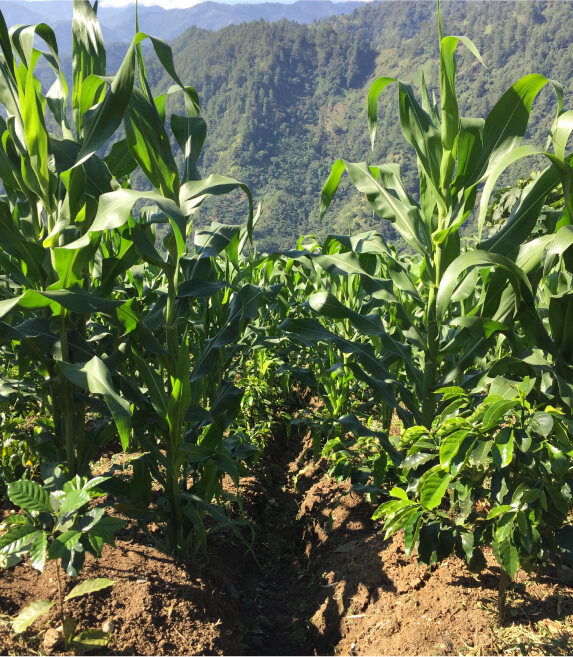
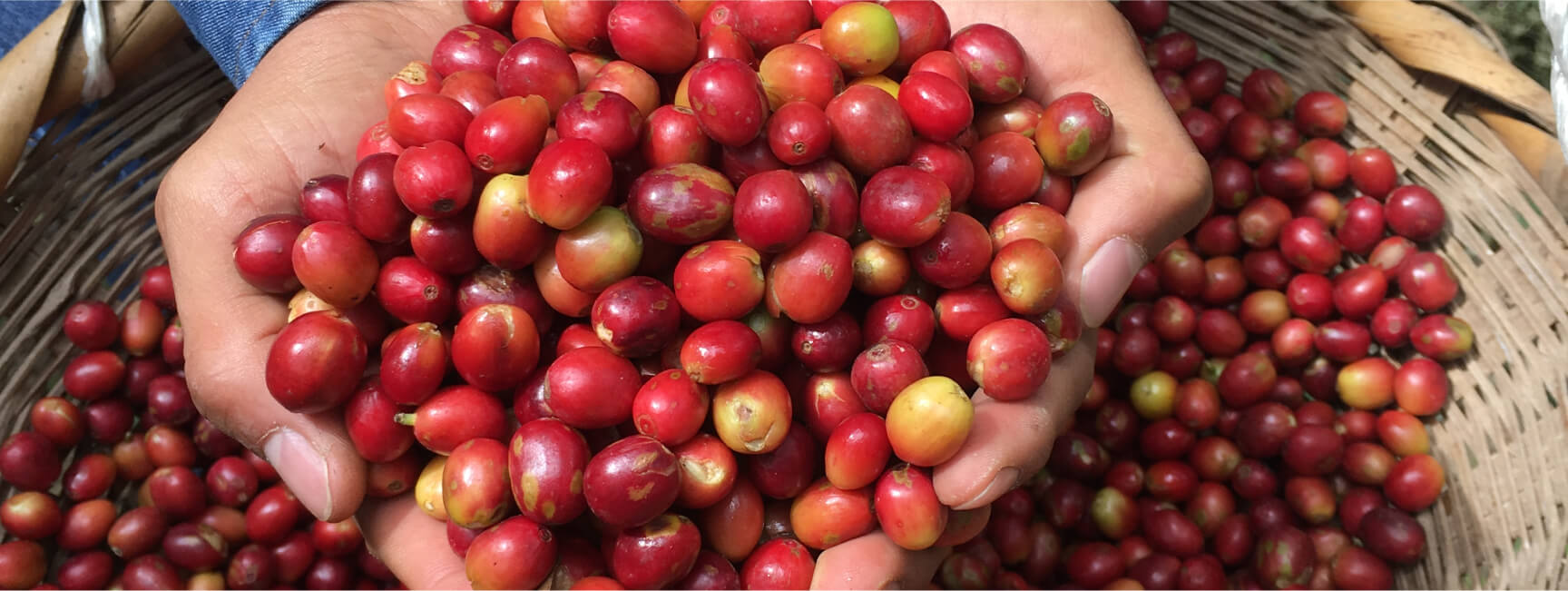

Uganda
Arabica And Robusta
1,200–2,200 masl
(in 60 kg bags).
900,000 Arabica and 3,500,000 Robusta
Aug.–Jan.
Kent, Typica, SL-14 und SL-28
Heavy body, nutty
Uganda
Uganda Inspires
In Uganda, Africa's largest Robusta producer, approximately three million families make their living from coffee farming. Coffee plants grow at altitudes between 1,200 and 2,200 meters. These altitudes, along with the tropical climate and wide delta estuaries into Lake Victoria, are ideal for growing Arabica and Robusta beans. Robusta accounts for about 80% of Uganda's coffee crop. It is a country that impresses not only with its coffee production, but also with overgrown mountain ranges, free-roaming gorillas, or the picturesque Rwenzori Mountains - which prompted no less a person than Winston Churchill, to call Uganda the Pearl of Africa.
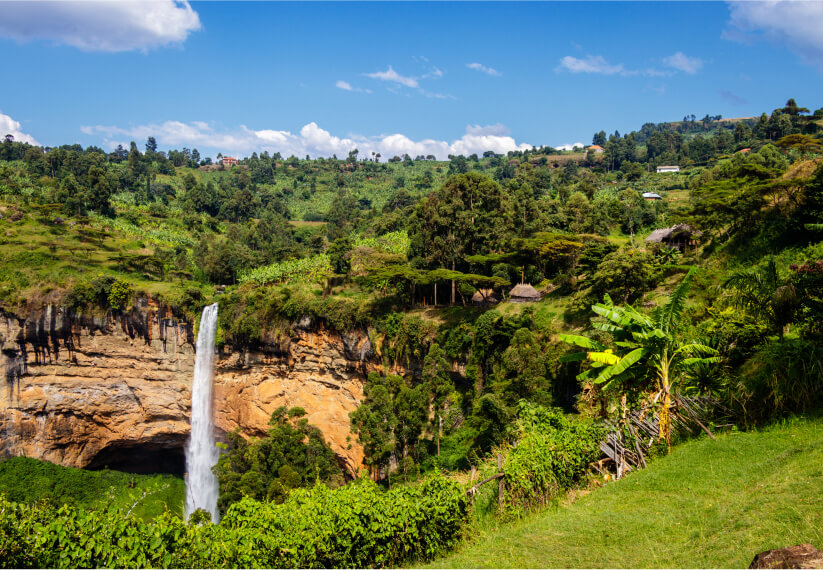
Freshly poured: our background info
- Coffee arrived in the country at the beginning of the 20th century
- Coffee is Uganda's most valuable export
- Uganda is Africa's largest Robusta exporter
- Arabica coffee accounts for about 20% of the country's total production:
Optimal growing conditions on Mount Elgon at an altitude of about 3,000 meters with nutrient-rich soils of volcanic origin.
Arabica coffees from this region are called "Bugisu" (pronounced Bugischu)
- Uganda has rich water resources despite inland location
- Shipment via the ports of Mombasa and Dar es Salaam
